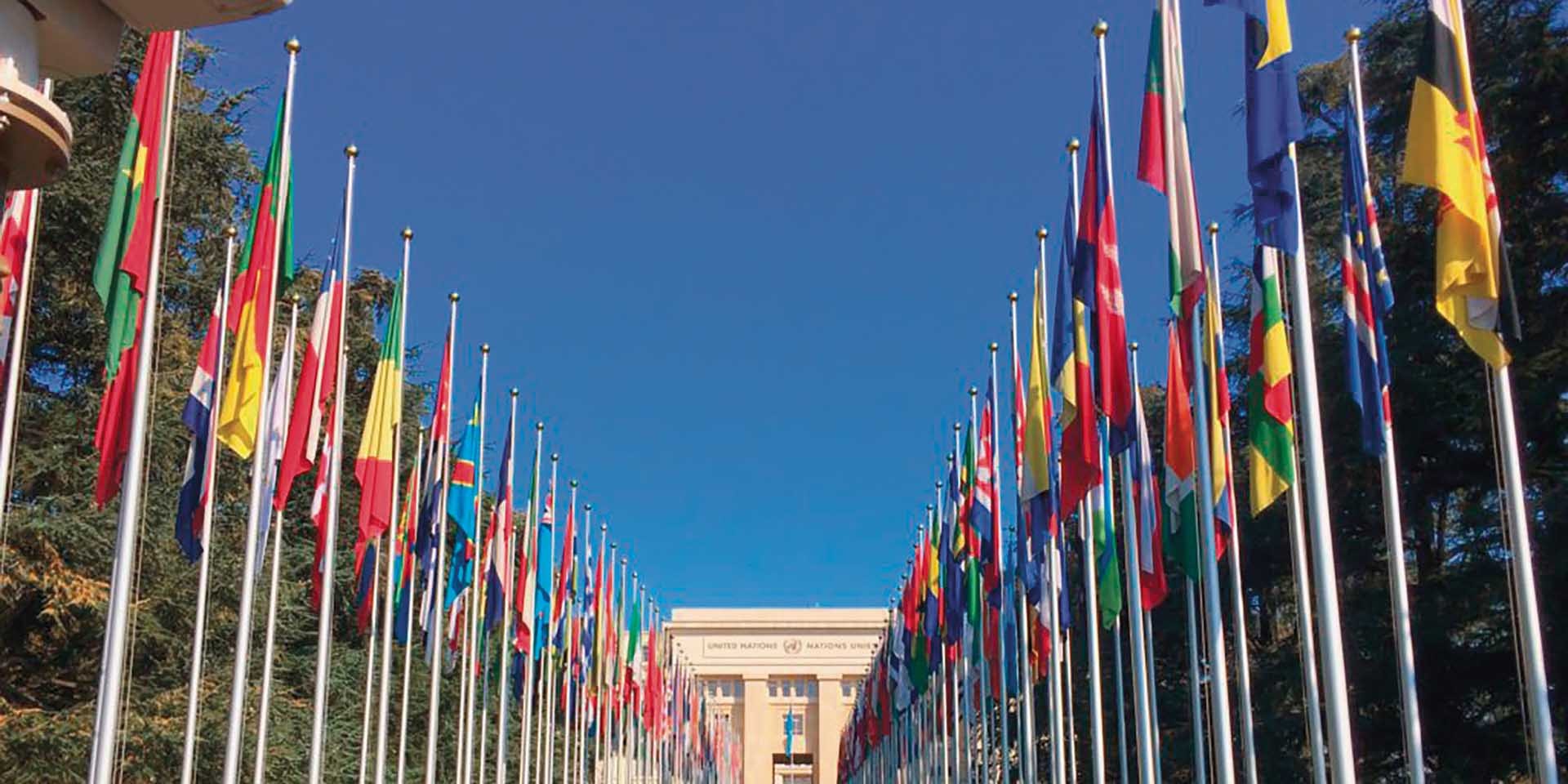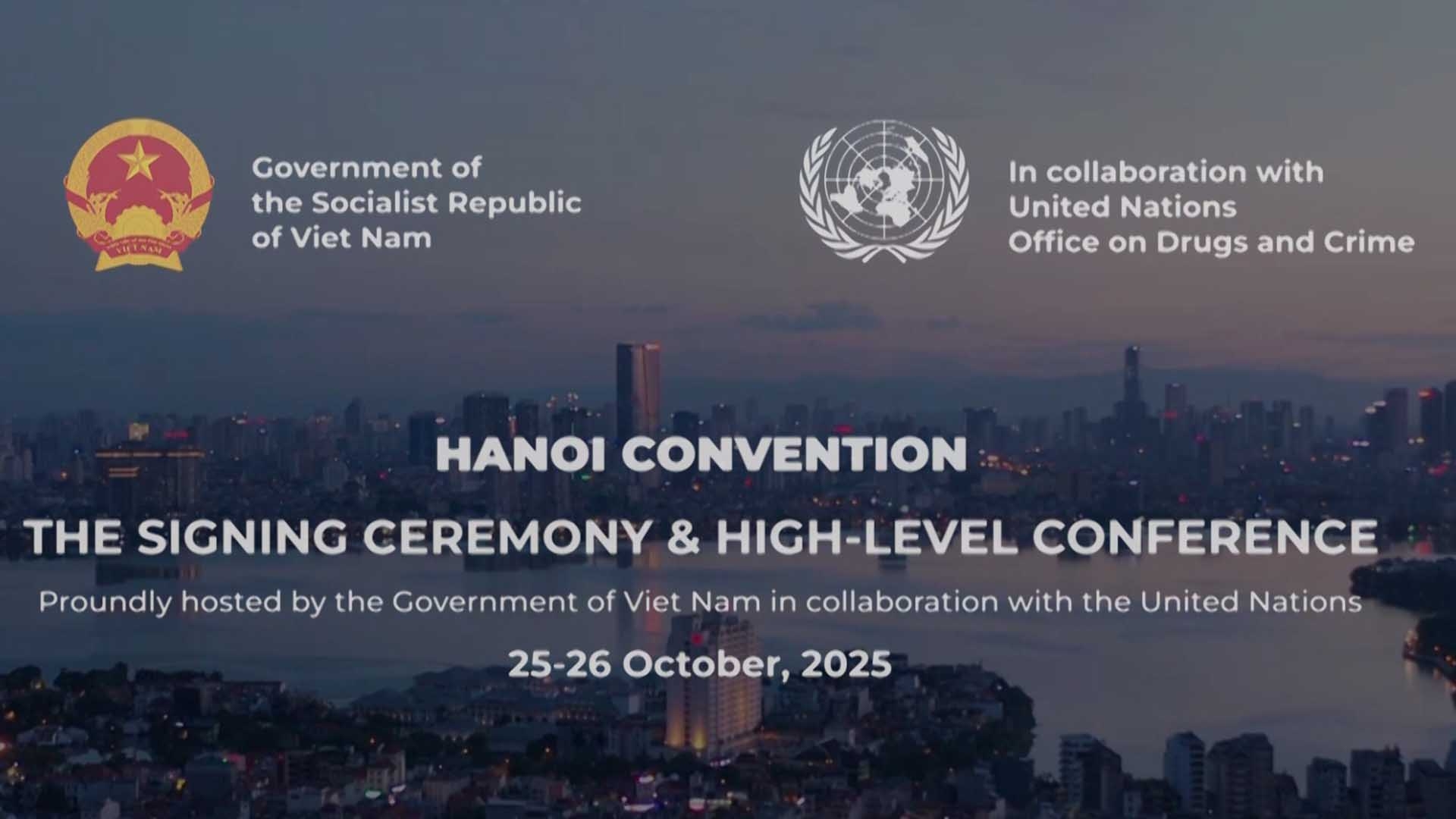
A world in transition
Latest
 |
| A world in transition: Illustrative photo. |
Towards a multipolar world
In a context where middle powers are rising rapidly, the power disparity between the two superpowers and other influential nations appears to be gradually diminishing. While international scholars continue to debate whether today’s world is multipolar or bipolar, the consensus is shifting towards an inevitable long-term trend of a multipolar world. This is reasonable given the inherent instability and difficulty in sustaining unipolarity or bipolarity over the long term, especially in an era of globalization where power tends to diffuse rather than be concentrated in the hands of any single nation. The increasingly significant roles of India and Indonesia within the “Global South” and Russia’s challenge to the U.S-led Western bloc highlight the growing discontent with the post-1945 order. Such dynamics are poised to exert considerable pressure for the renegotiation of current norms, “rules of the game”, and more broadly, the regional and global governance structures in the near future.
However, such an outcome is not predetermined, as modern history has yet to witness a genuinely peaceful transition of global order. The Concert of Europe emerged only after the Napoleonic wars had dismantled the existing European power structure. It was not until after World War II had completely shattered the existing global system that the United States and the Soviet Union managed to establish a bipolar order. The only exception was the United States entering a unipolar era following the Soviet Union’s collapse in 1991. Yet, these two superpowers had been in an intense and comprehensive rivalry for over four decades, engaging indirectly in numerous significant conflicts of the twentieth century. Thus, it can be argued that no global order transformation has ever taken place without major conflicts.
In the year 2023, the leading powers are still engaged in an all-encompassing strategic competition, but there are emerging signs that the United States is attempting to de-escalate tensions with both China and Russia. On the margins of the recent APEC Summit in San Francisco, President Joe Biden and President Xi Jinping engaged in their first direct dialogue in a year since their meeting in Bali in November 2022. While this high-level encounter did not result in a breakthrough in US-China relations, both parties reached a consensus on several key issues, notably the reinstatement of the military-to-military communication channels.
With Russia, despite the difficult conflict situation in Ukraine, the US still opted to extend an invitation to Russia to participate in APEC, as a step towards incrementally thawing relations. Another point of interest is the repeated emphasis by former US Army Chief of Staff Mark Milley, in recent interviews, on his previous position that Ukraine should engage in negotiations with Russia when the battlefield dynamics are advantageous and that the conflict can only be resolved through diplomatic means.
Efforts to manage the relationship
Overall, the major powers continue to prioritize their own interests and strive to contain their adversaries, yet there is a concerted effort to manage these relationships and prevent disagreements from escalating into armed conflict. In the near future, there is an expectation that US - China relations will markedly improve (even without fundamental transformation), particularly if President Joe Biden is re-elected. Two other critical factors that will influence the trajectory and possibility of improving US - China relations are the health of the Chinese economy and the ‘de-risking’ commitment by the US and its Western European allies. US - Russia relations remain a significant variable, influenced by both personal elements such as President Putin’s calculations and the complex interplay of developments on the battlefield in Ukraine, which could impact the dynamic between the US and Russia.
The Ukrainian military’s slow counter-offensive almost certainly guarantees that the conflict between Russia and Ukraine will not be resolved anytime soon. The Metaculus assigns only a 1% probability that the two parties will reach a ceasefire agreement or peace treaty to conclude the current conflict before the end of 2023. According to most forecasters on the site, the conflict is not expected to conclude until the third quarter of 2025. This projection is substantiated by the fact that some NATO members, including Poland and Slovakia, have decided to end military support for Ukraine, and there is a considerable part of the American elites questioning their country’s financial and military commitment to Ukraine. Given the Russian economy has gradually stabilized after the initial wave of sanctions, and Western backing for Ukraine seems to be waning, it will likely be challenging to resolve this conflict in the near future.
A significant jolt to the global community, particularly to the Middle East, was the large-scale attack by Hamas on Israel on October 7th. This “gray rhino” event has disrupted the normalization process of Israel’s relations with its Arab neighbors, with Saudi Arabia being notably affected. It also poses a risk of escalating into a broader conflict involving Hezbollah, Iran, and the United States. While this is a complicated conflict that is expected to continue over an extended period, the likelihood of escalation is not considered high.
Regarding the economy, the IMF projects that the global economy will still be grappling with the prolonged effects of the COVID-19 pandemic and the fallout from the Russia-Ukraine conflict, resulting in a slow and uneven recovery in the coming time. The organization further predicts a decrease in the global economic growth rate from 3.5% in 2022 to 3.0% in 2023, and down to 2.9% in 2024 - a significant downturn from the average growth rate of 3.8% between 2000 and 2019. This downturn is particularly stark in developed economies, with the Eurozone being notably affected. Emerging markets and developing economies are also facing a deceleration in growth, in no small part due to challenges in China’s real estate sector.
Inflation, a primary concern, is expected to decrease steadily but will likely remain above target levels, with global inflation projected to fall to 5.8% by 2024. The situation is further complicated by increasing geopolitical tensions and protectionism, affecting trade and contributing to price fluctuations, especially of commodities. These challenges are intensified by China’s economic difficulties and the potential for more pervasive crises with global repercussions. Additionally, high levels of debt and the cost of debt service, particularly in low-income countries, pose considerable risks. While the likelihood of a “hard landing” may have lessened, numerous geopolitical risks remain, adding complexity to the economic recovery and the transition towards a green economy.
Lastly, “technology” stands out as one of the pivotal keywords of 2023, marked by significant advancements in artificial intelligence following the launch of ChatGPT by OpenAI. This software has rapidly become the center of numerous debates, and caused many to sound an alarm about the potential risks that AI could pose to humanity in both the immediate and distant future. Technology, and AI in particular, has the potential not only to significantly alter the balance of power among nations and transform how warfare is conducted but also to thoroughly disrupt the international order, or in the most extreme scenario, to create a species capable of dominating humans. Consequently, the United Kingdom recently held its inaugural AI Summit, attended by representatives from 28 countries. This event underscores the recognition by nations of both the opportunities and challenges presented by AI, highlighting the need for a concerted multilateral effort to steer the development trajectory of this technology and mitigate its most harmful risks and consequences.













